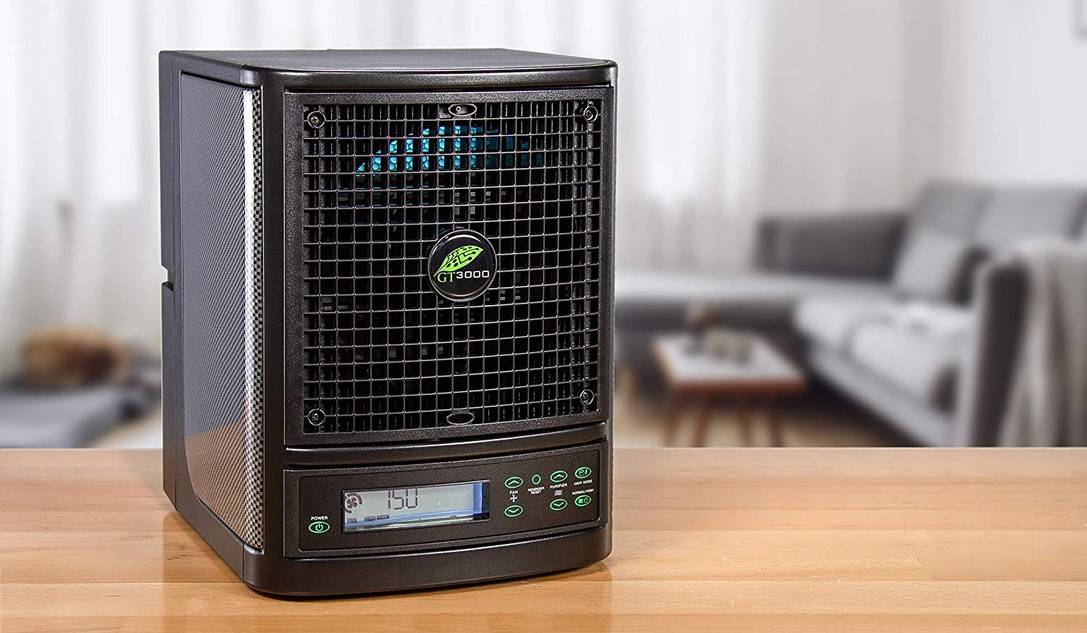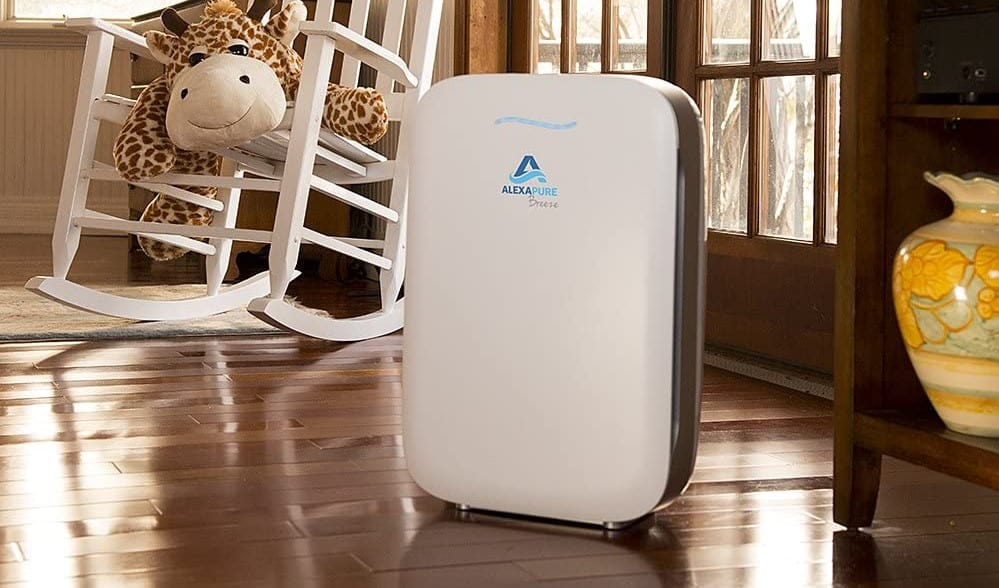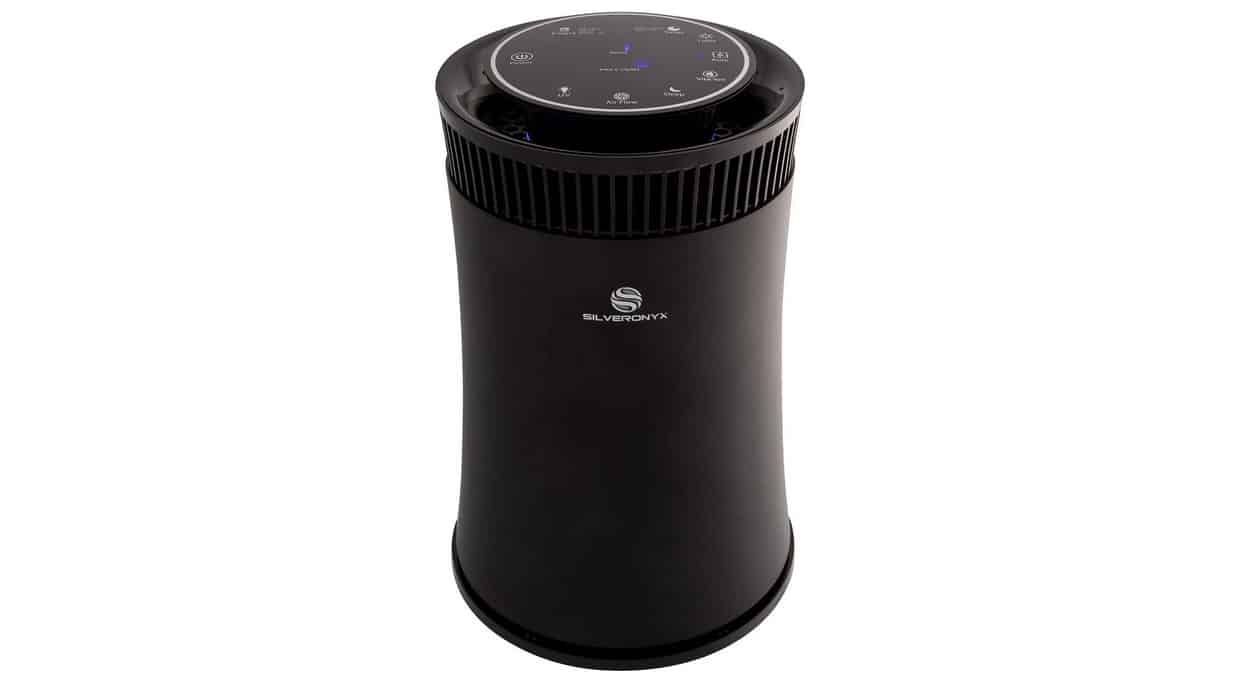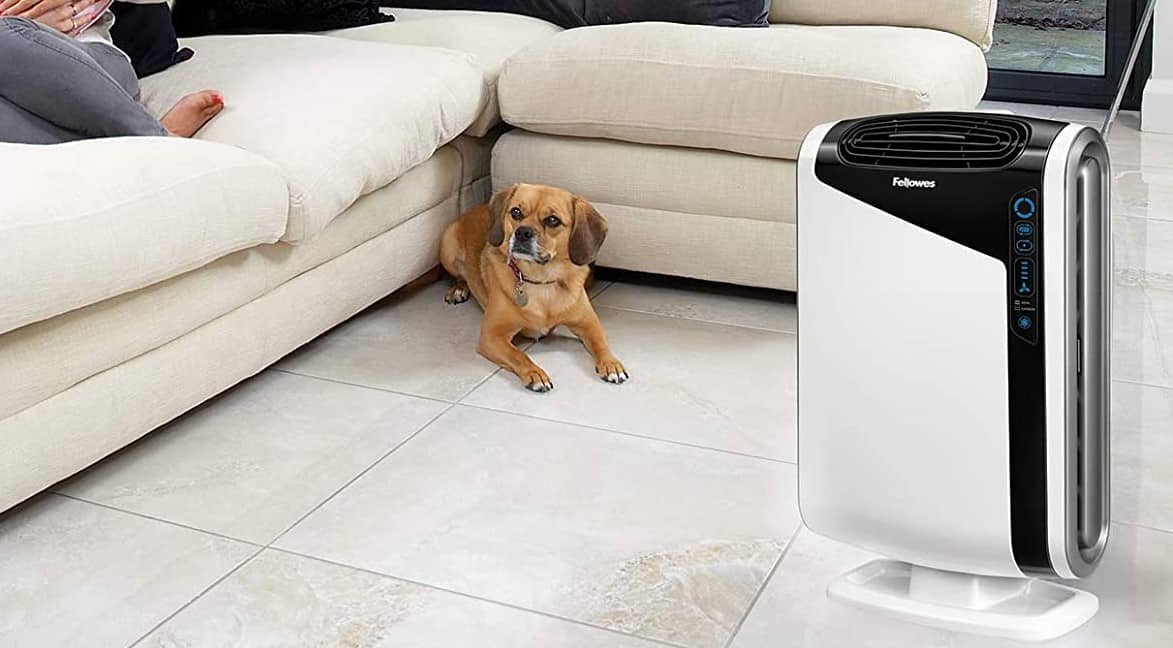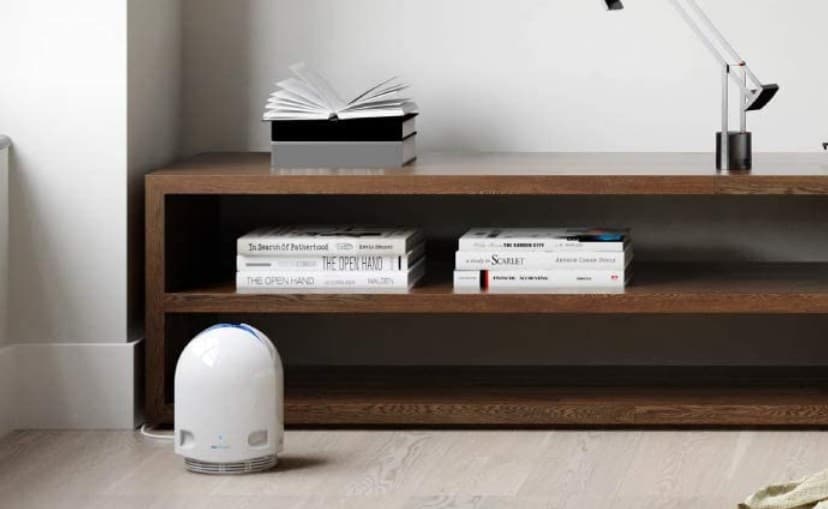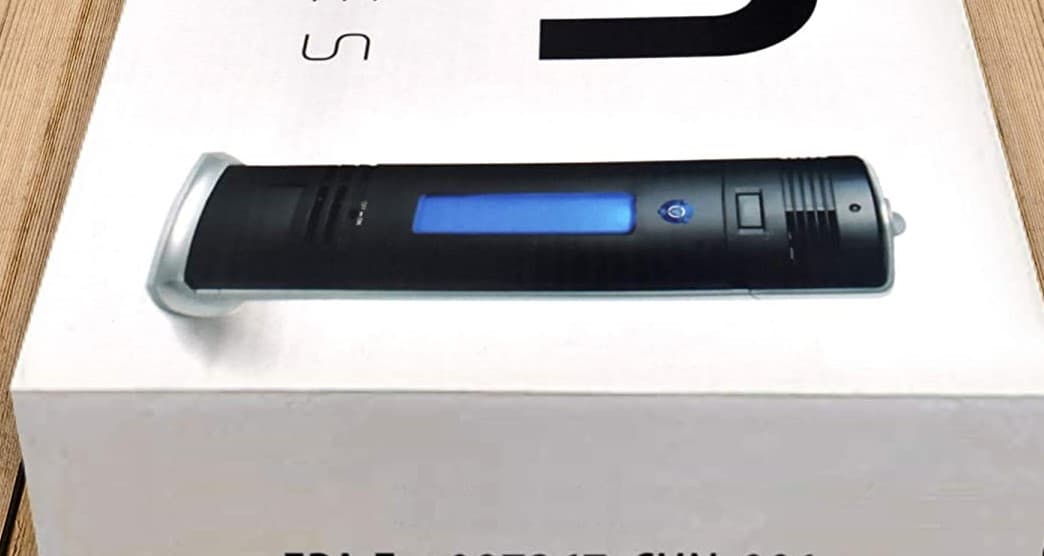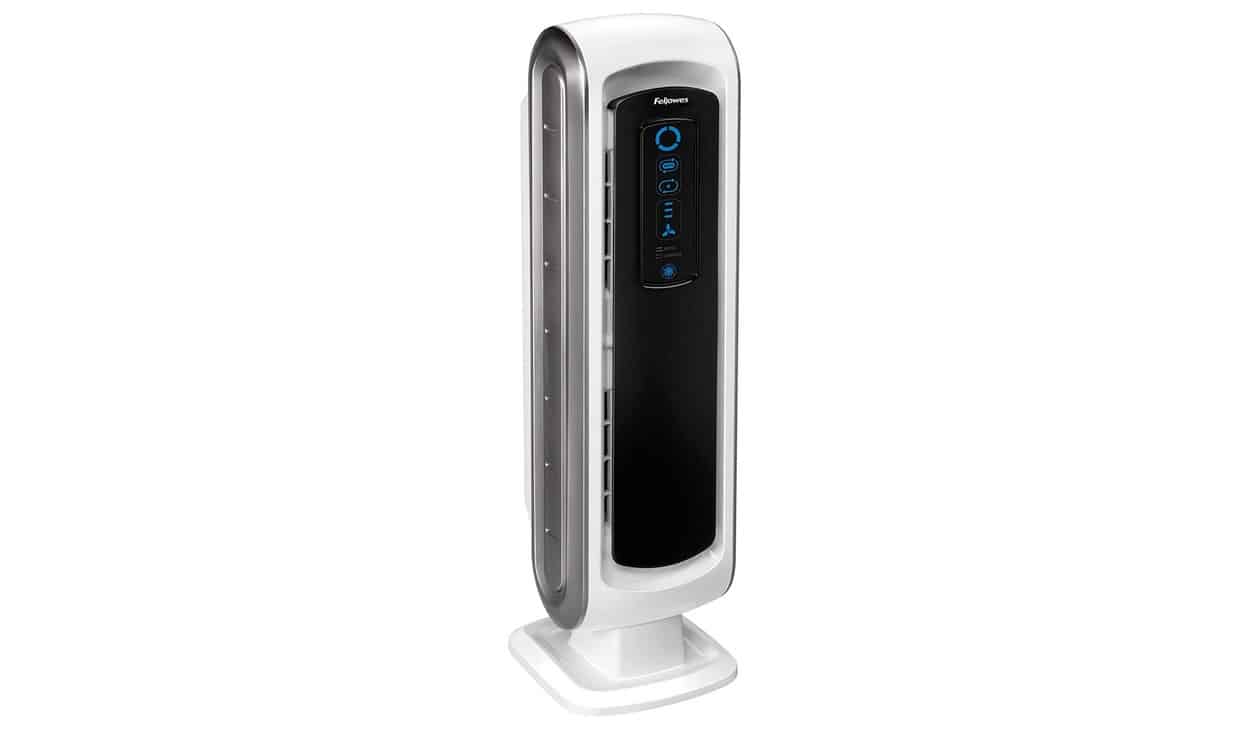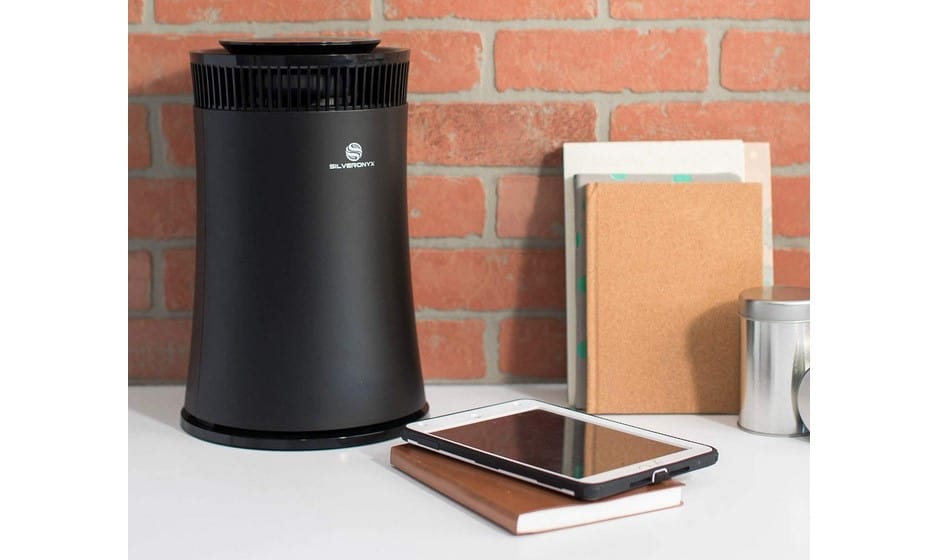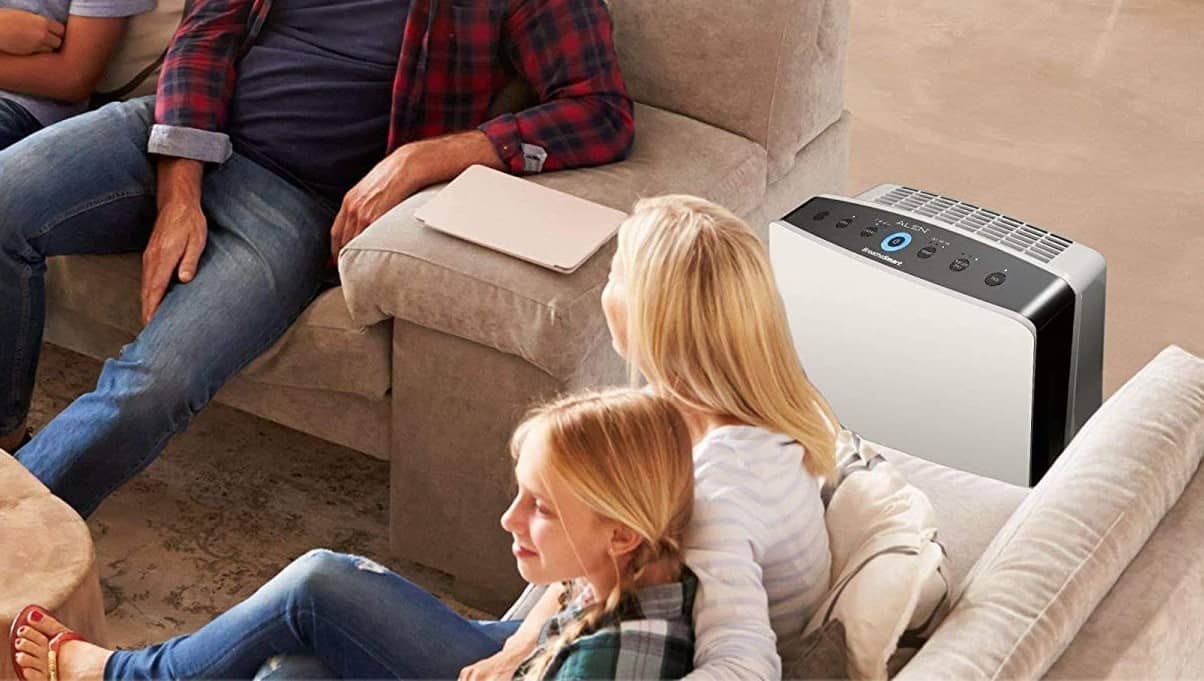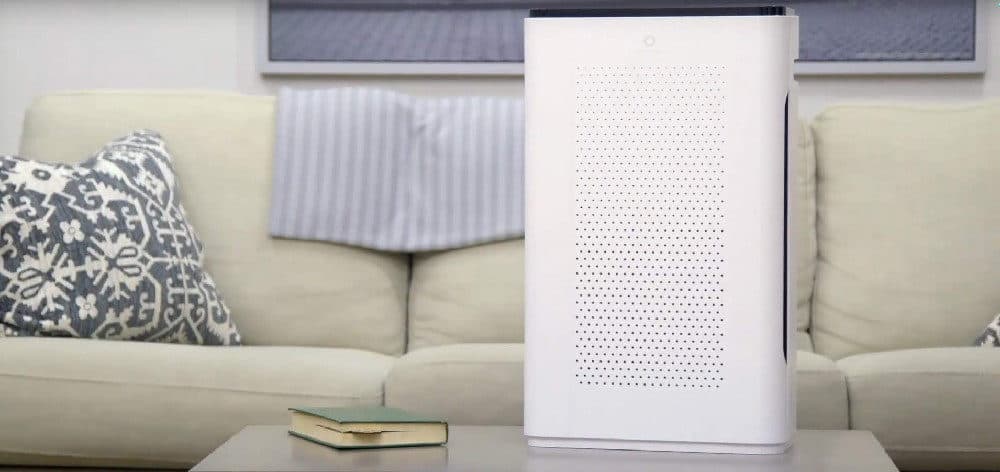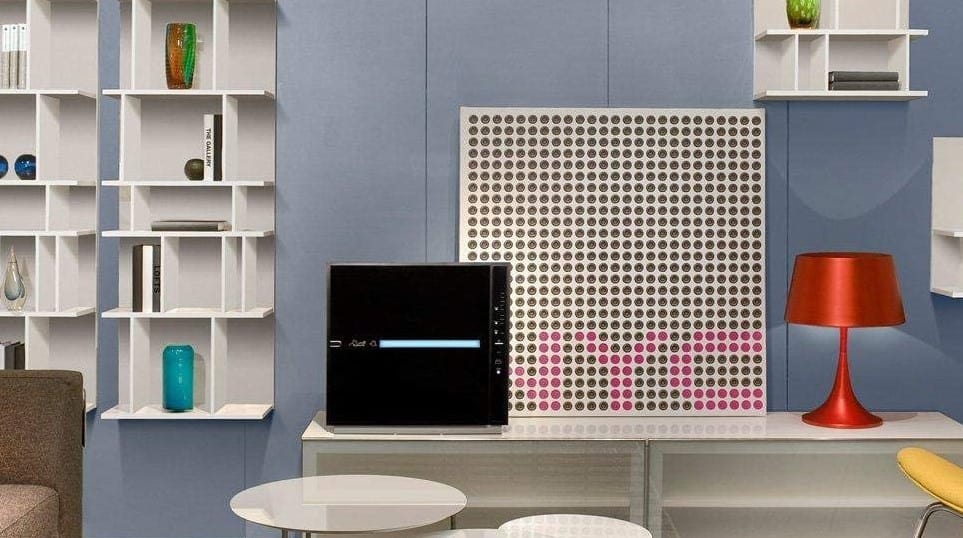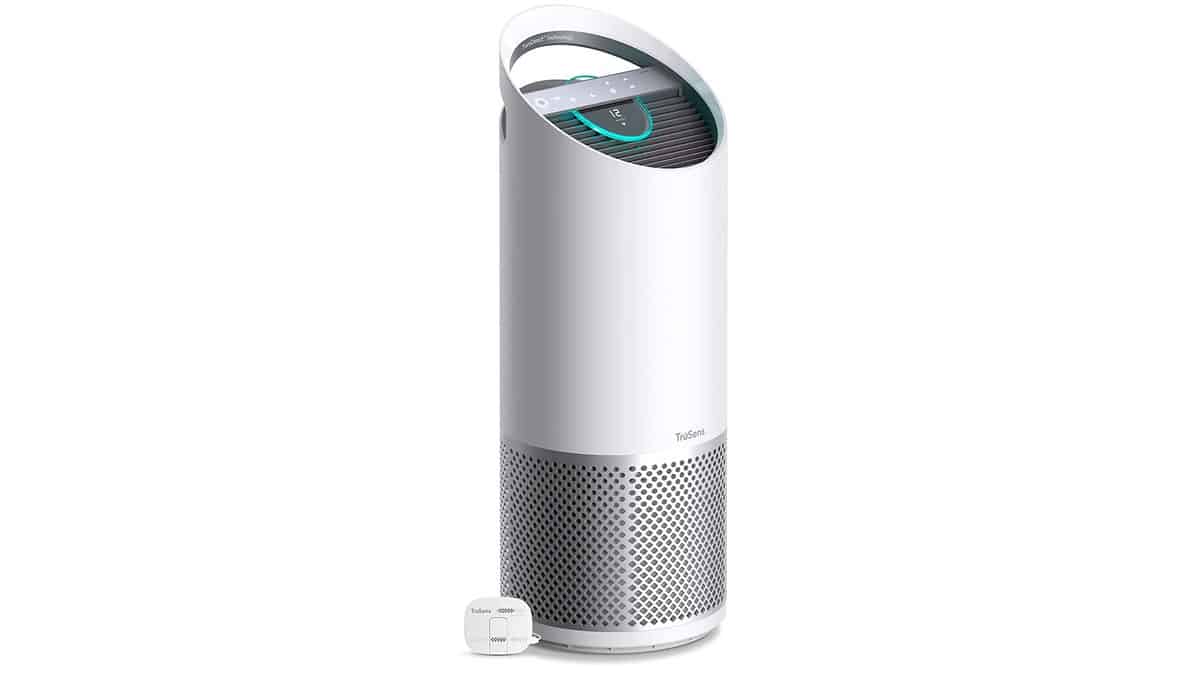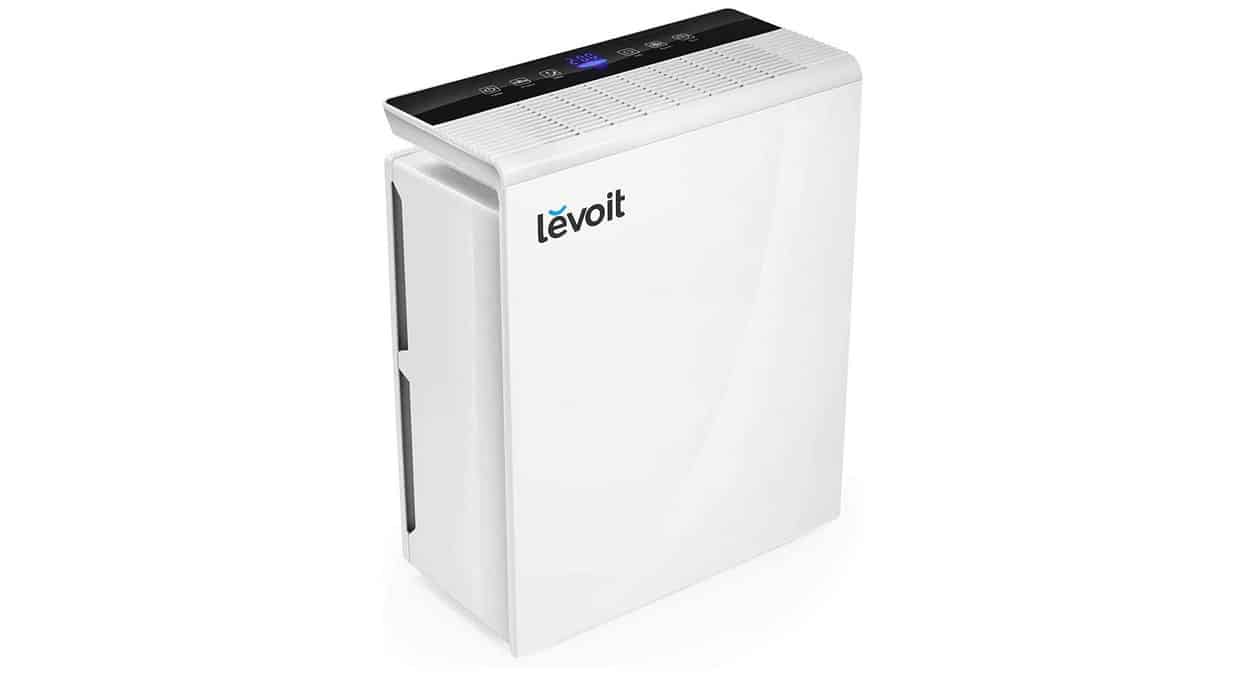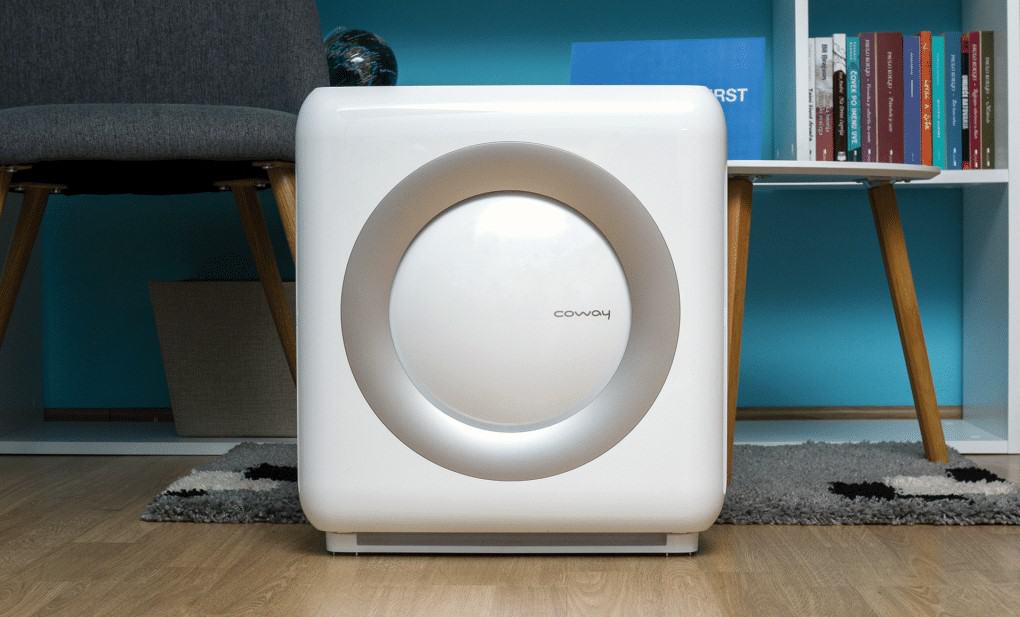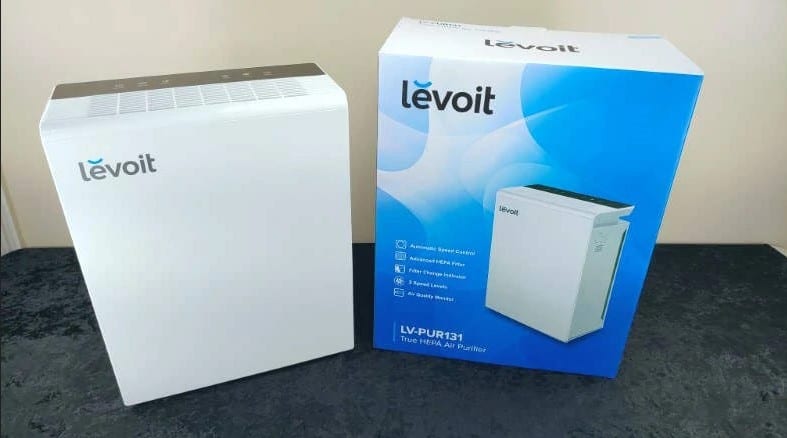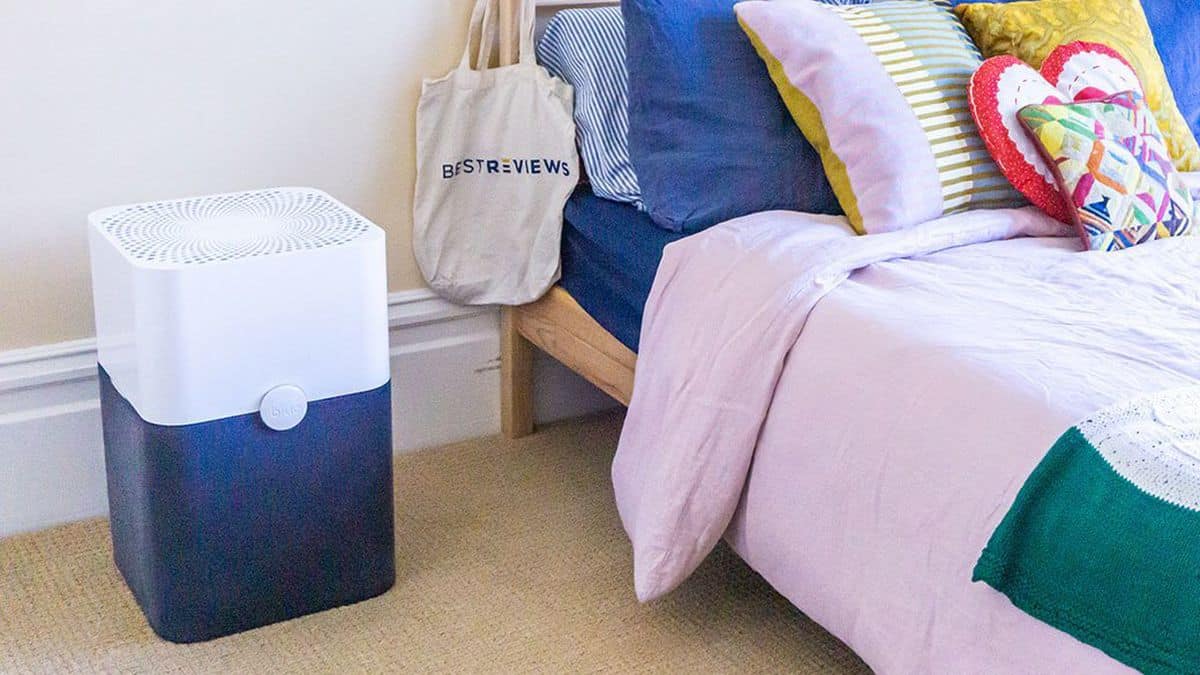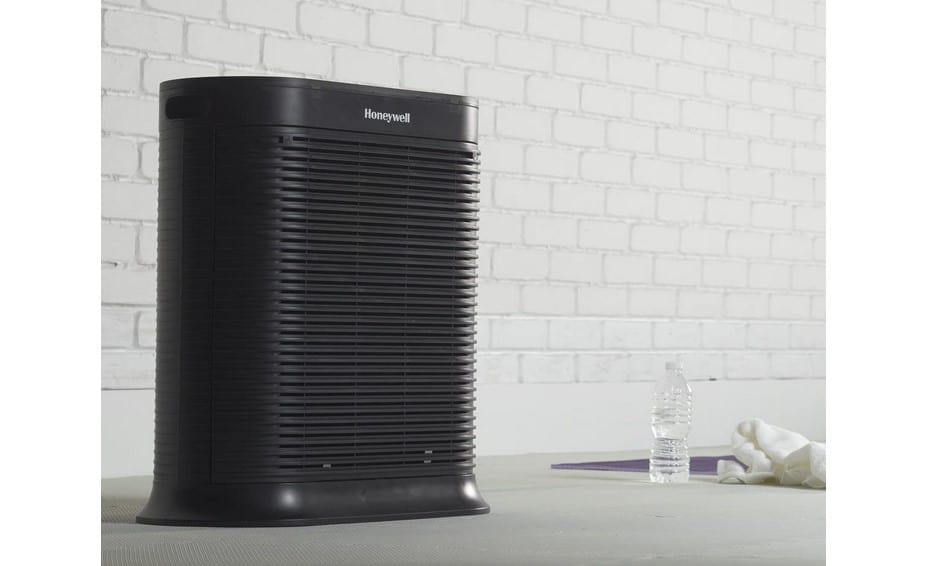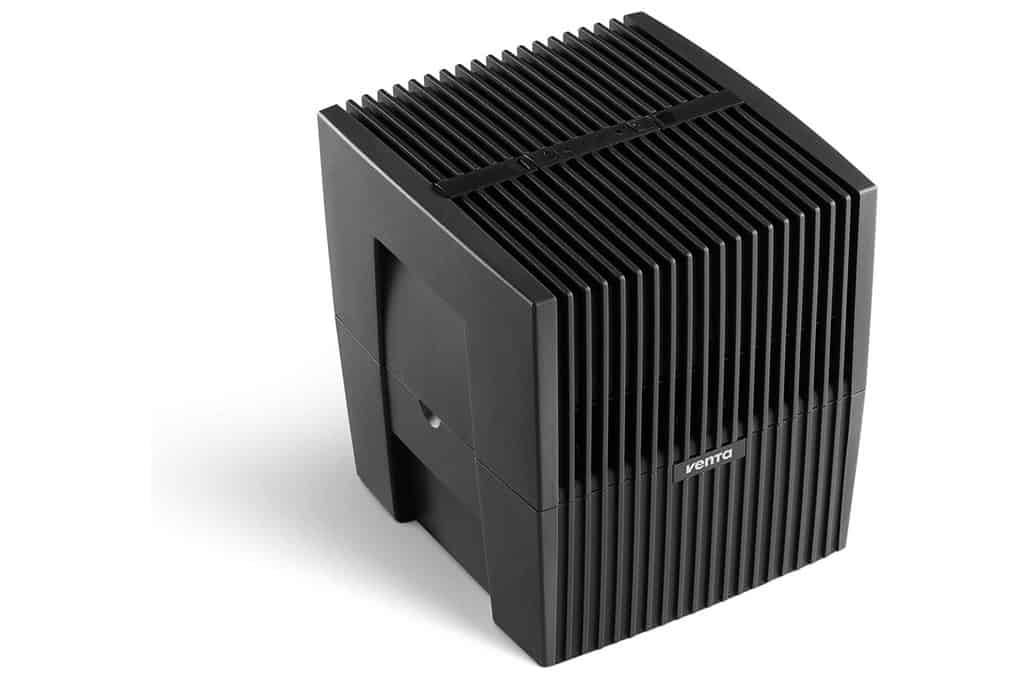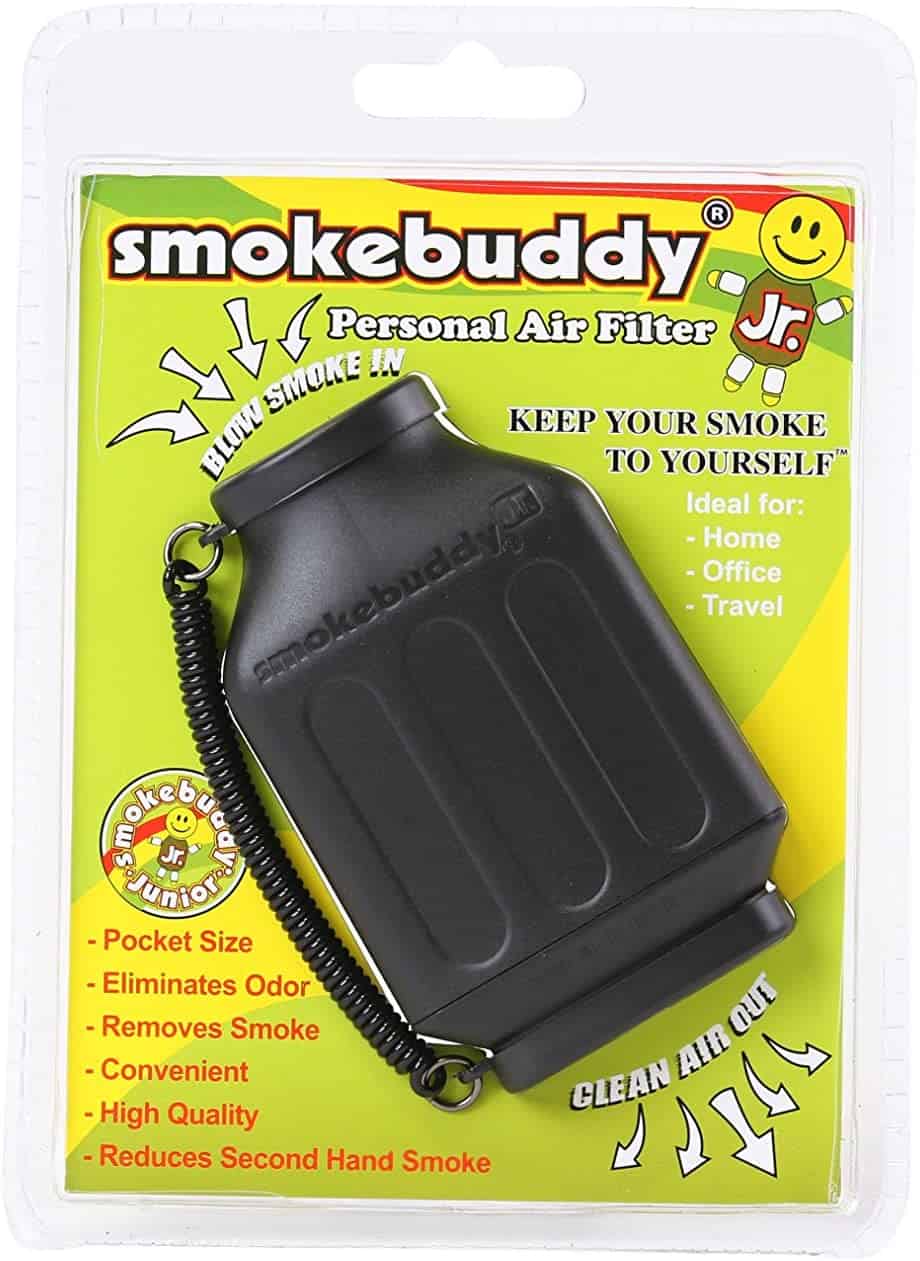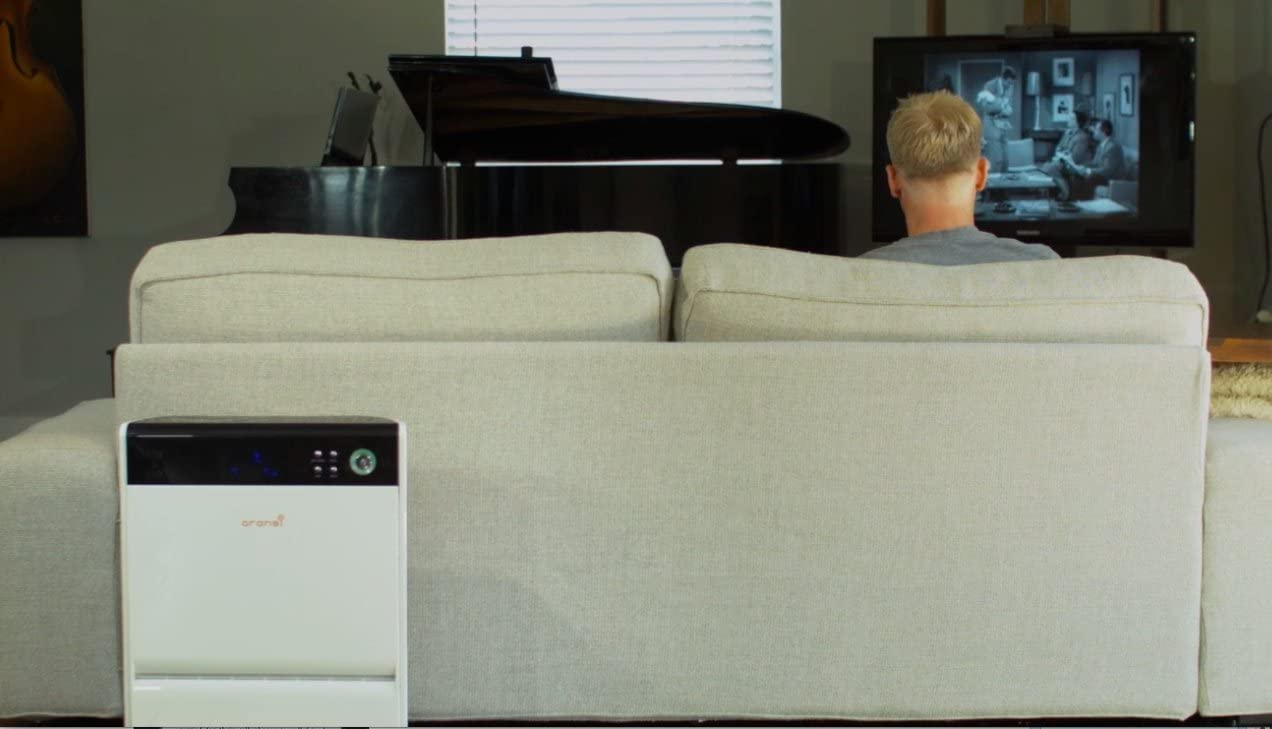Comparing an air purifier vs house plants requires you to digest the differences between what each option offers. The biggest difference is in the level of care and thought. Air purifiers are set-and-go for the most part. Plants require special attention, sometimes several times a day. Some people don’t have the time to take care of plants at all, and that’s fine. Just make sure you find the best air purifier for your indoor spaces.
KEY TAKEAWAYS:
- Several different plants can help you improve air quality, but they won’t be as effective as a high-quality air purifier.
- Using plants alone to improve air quality will not bring desired results and plants should always be used as a supplementary option for air cleaning.
- Make sure that you speak with a plant care professional before investing greenery of any kind to make sure you choose the right plants for you.
Comparing House Plants and Air Purifiers
When comparing an air purifier vs house plants, consider the amount of time you have to dedicate. There are several plants that require low maintenance. However, they might not clean the air effectively enough. Most households should consider having both an air purifier and plants to achieve better air quality. Although, you can also check out activated carbon filters vs HEPA filters, and air filters vs air purifiers for even cleaner air. If you love natural methods for air cleaning, look into the comparison between an air purifier vs a Himalayan salt lamp.
What are Air-Purifying Plants?
Houseplant newbies should choose a hearty plant that requires little maintenance. Plant care can be difficult to learn and maintain. A healing aloe plant is a great choice if you’re just starting out. If you want an all-natural way to clean common household toxins, plants are a great option. If you’re wondering about other natural options for high air quality, check out our article comparing an air purifier vs an open window.
Insider Tip
Use an automatic watering system with your houseplants to save time on their care.
Common Plants to Use as Indoor Air Cleaners
Houseplant newbies should choose a hearty plant that requires little maintenance. Plant care can be difficult to learn and maintain. A healing aloe plant is a great choice if you’re just starting out. If you’d like big, green leaves on ornamental plants, bamboo plants might be the answer. Looking for waxy leaves? Baby spider plants will spruce up any space.
What to Consider about Having Plants
You’ll want to consider whether your plant needs indirect light, direct sunlight, or a combination of both. Light conditions are crucial. Talk to a plant care professional before investing, specifying whether you need an easy-care plant or can handle fussy plants. Some plants are easier than others. For example, the Peace Lily requires moist, well-drained soil and bright, indirect light to thrive. This makes it a popular houseplant for beginners.
Which Method is Better for Indoor Environments?
There are a couple of important areas to consider when figuring out which method is ideal for your needs. The best option is to have a combination of both houseplants and an air purifier. This will give you high clean air delivery rates while providing a long-term natural solution.
Efficacy as Indoor Air Cleaners
An air purifier is your best bet if you’re serious about removing airborne toxins. Indoor air pollution abatement can be helped by some common houseplants. However, the benefits of houseplants just can’t compare to the health benefits offered by air purifiers.
Overall Cost and Price
Comparing prices between air purifiers and common houseplants is tricky. An air purifier will have an upfront cost to swallow but require little maintenance aside from replacement air filters. Plants will cost time, energy, and money to maintain. Even with a low-maintenance plant, you’ll need to know whether they need direct sunlight or indirect light, how many feet tall they might grow, and if they need regular misting. Air purifiers are the clear winner if you need a cost-effective solution for cleaning indoor air pollutants.
Warning
Pet owners should be aware of what plants could be toxic to their animals before bringing anything home.
F.A.Q.S
Do plants really help indoor air quality?
Different plant species have varying effects on indoor environments. While some indoor plants can be effective air cleaners, others won’t help much at all.
Which houseplants should I buy to help purify the air?
Having an effective plant is important. Try any of the following plant species:
- Spider Plant
- Snake Plant
- Rubber Plants
- Evergreen Plant
- Peace Lilly
How do plants supplement air purifiers?
Indoor houseplants process air more slowly than air purifiers. They remove carbon dioxide from the air and release low levels of oxygen. This is far different from indoor air purifiers which consistently remove indoor air pollution.
How many plants do I need to purify the air?
That depends on how many feet of floor space you have. You don’t want your living space filled to the brim, after all. Having a couple of potted plants in each room should be fine.
STAT: According to the source, an estimated 33.1 million U.S. households participated in indoor houseplant gardening in 2019. (source)
REFERENCES:

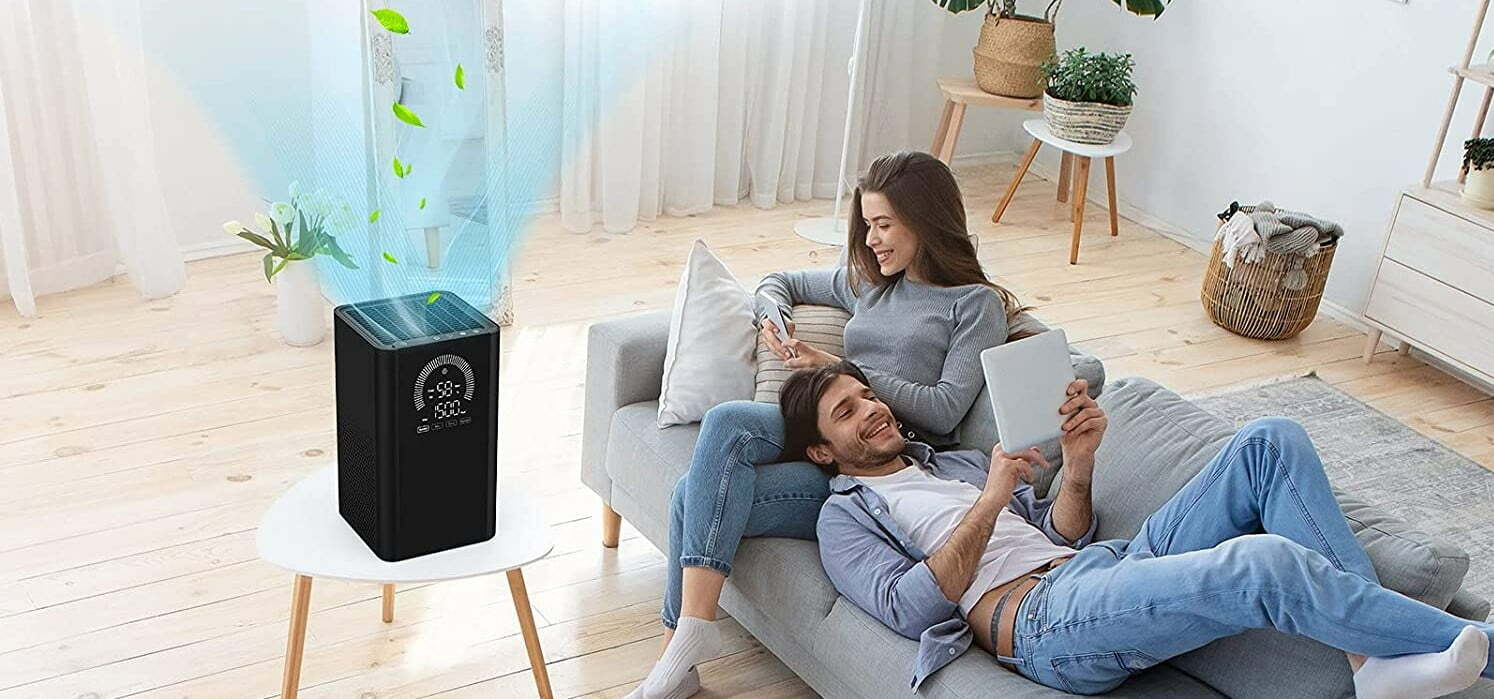













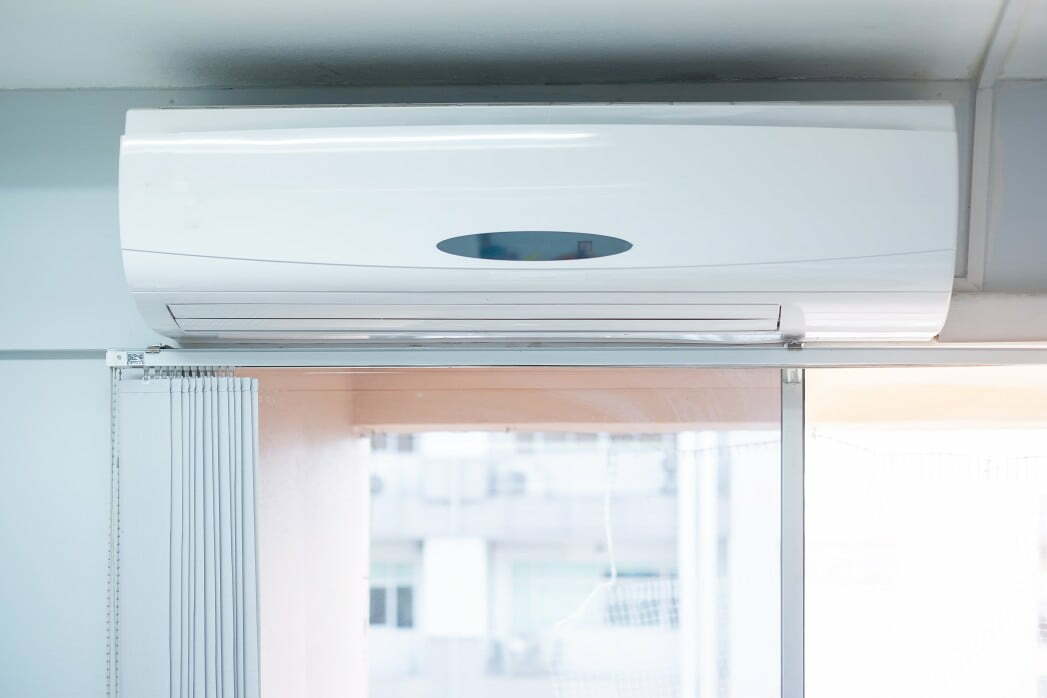
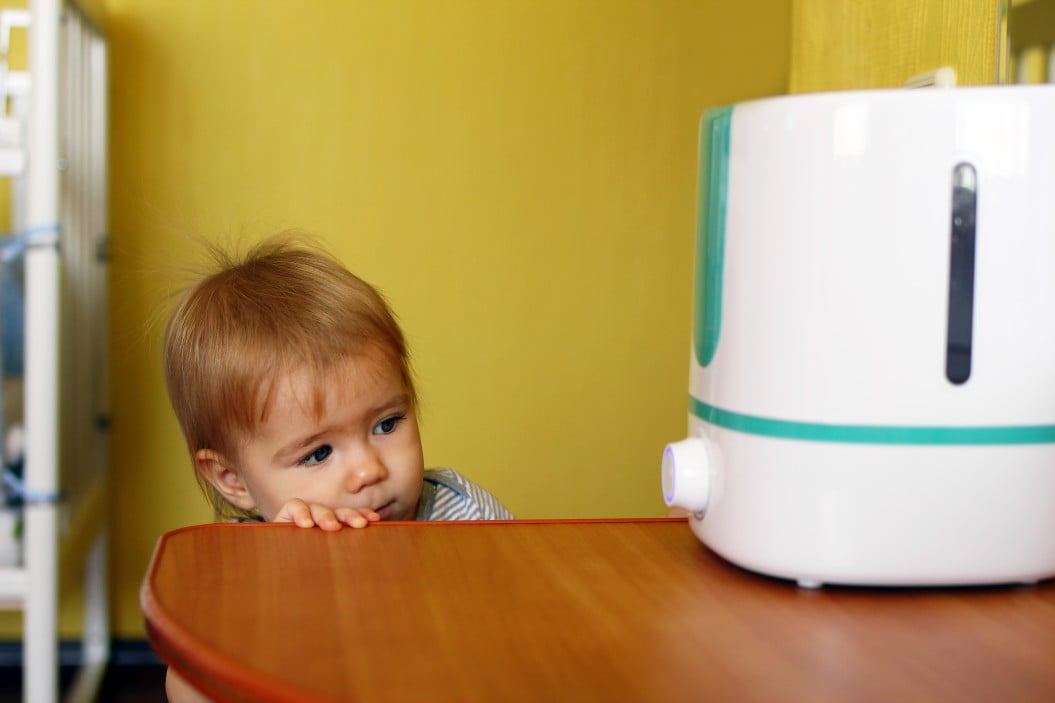
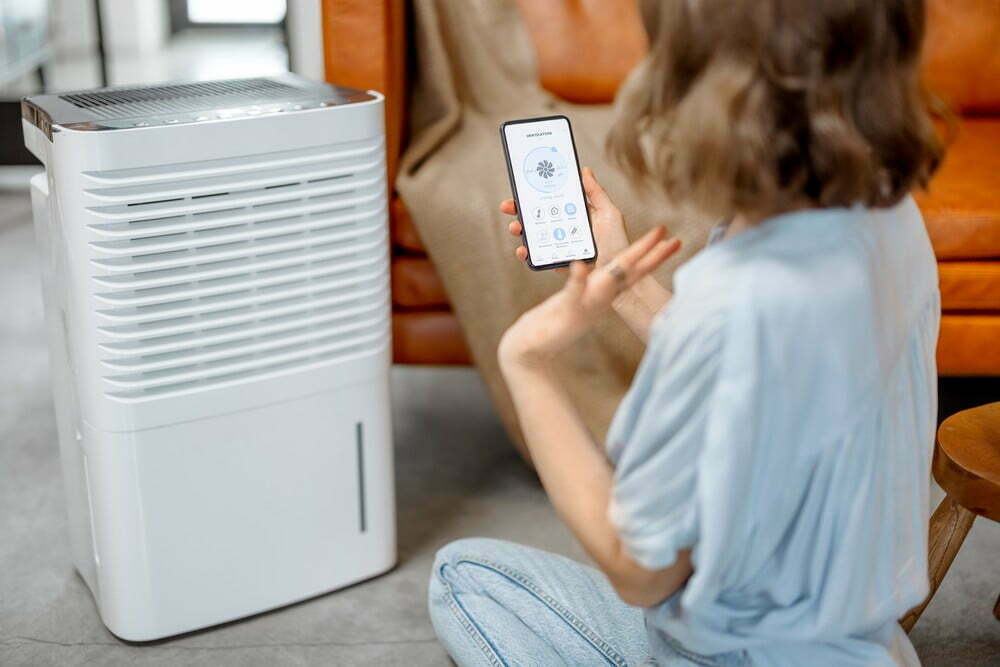
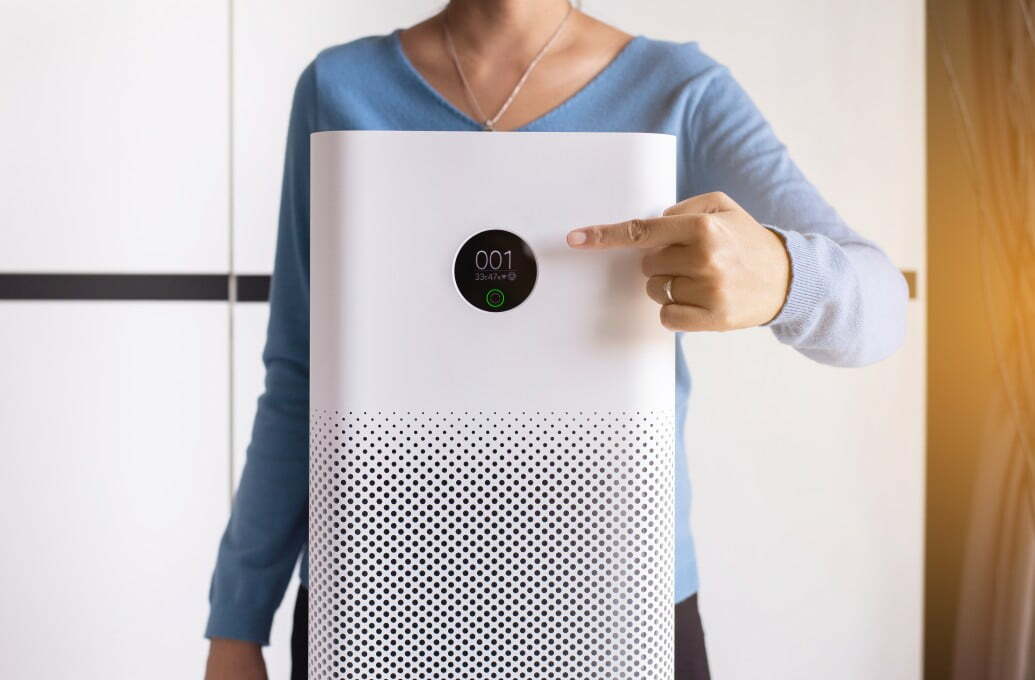
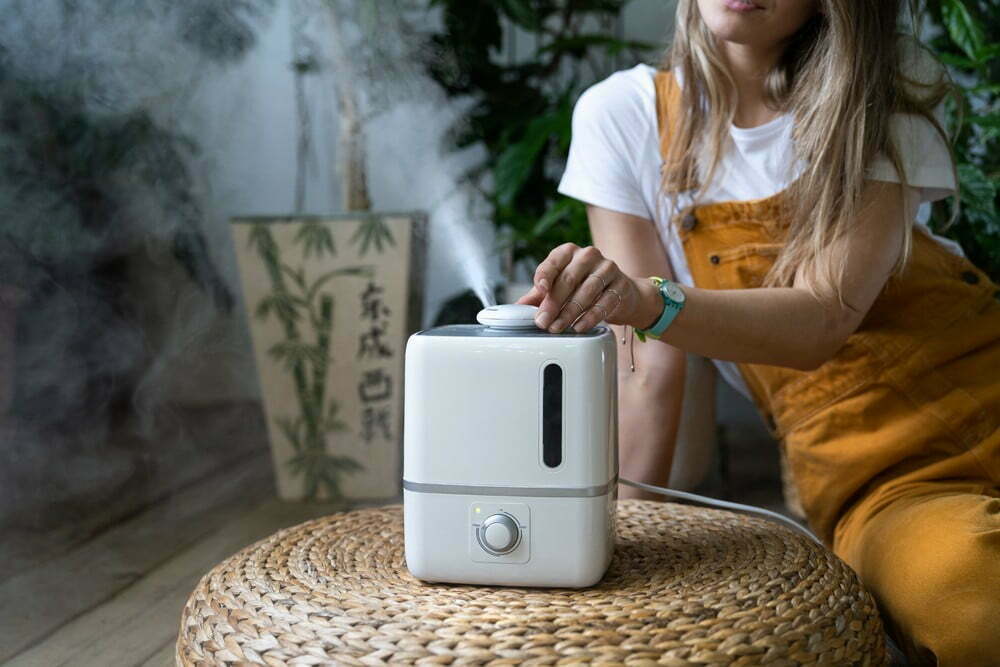
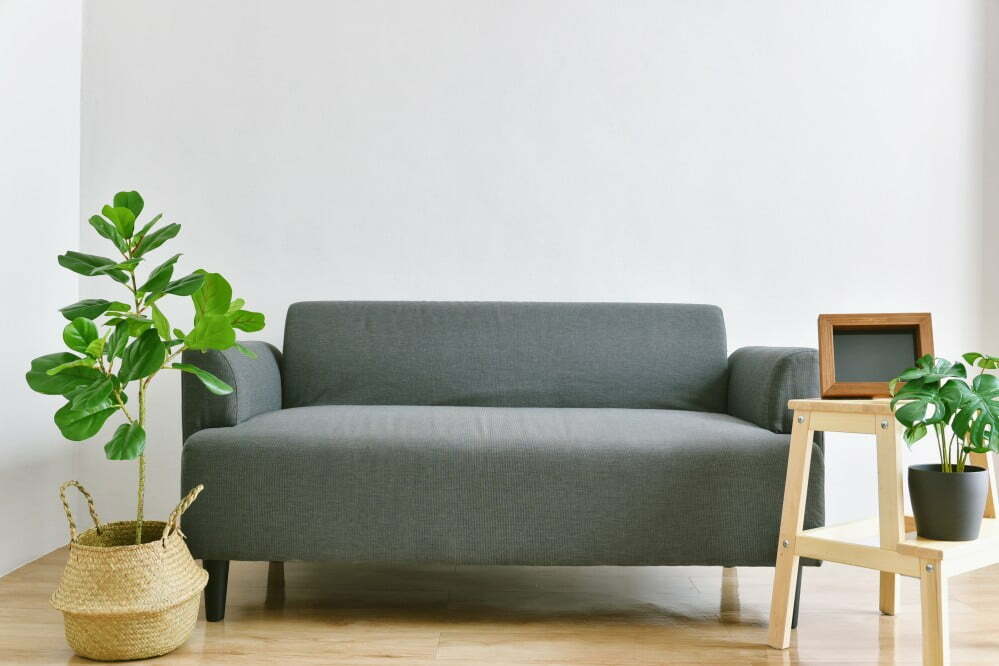

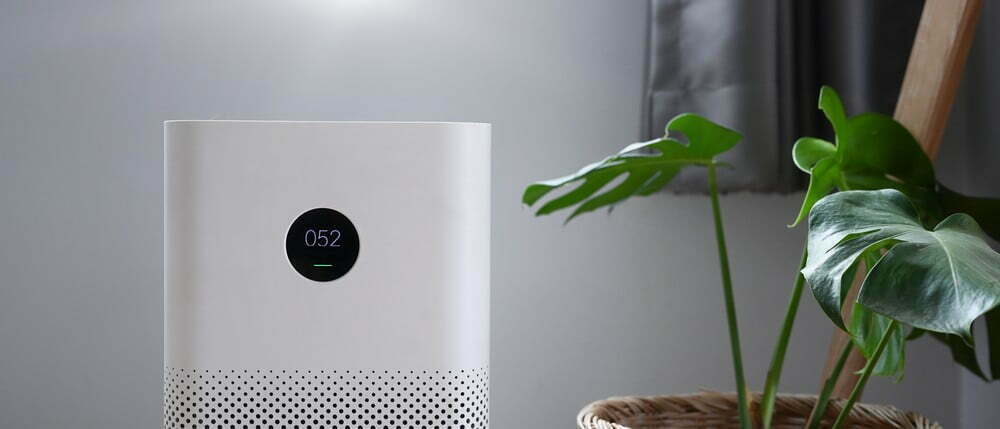
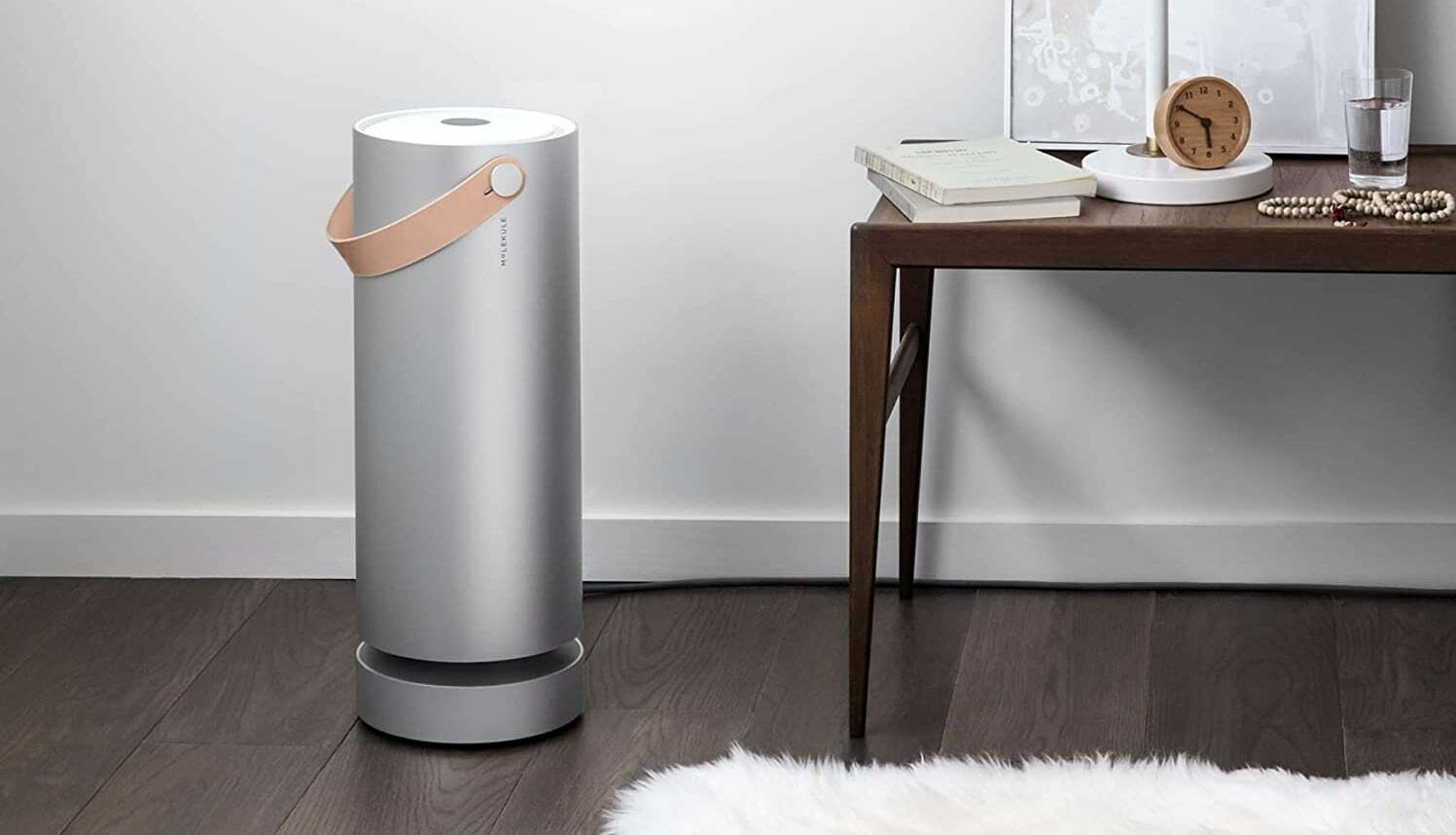
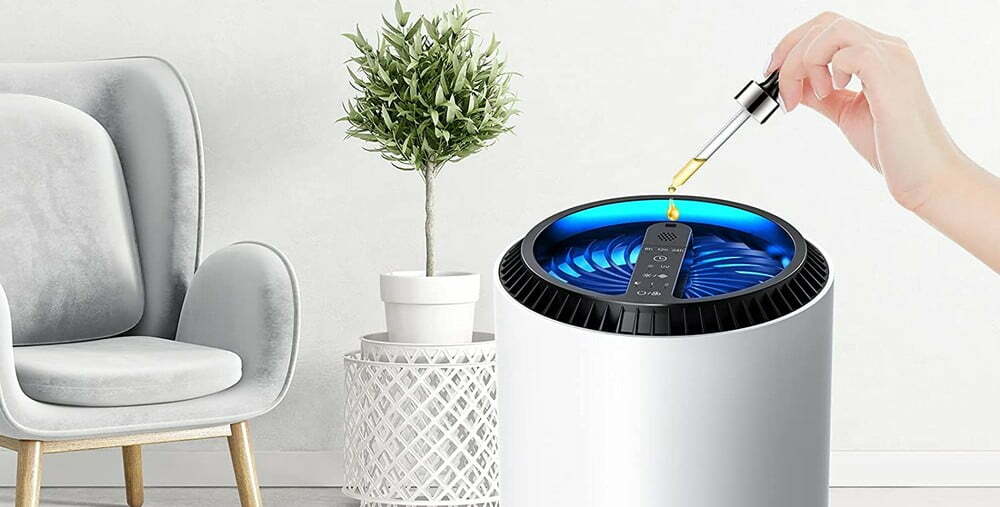
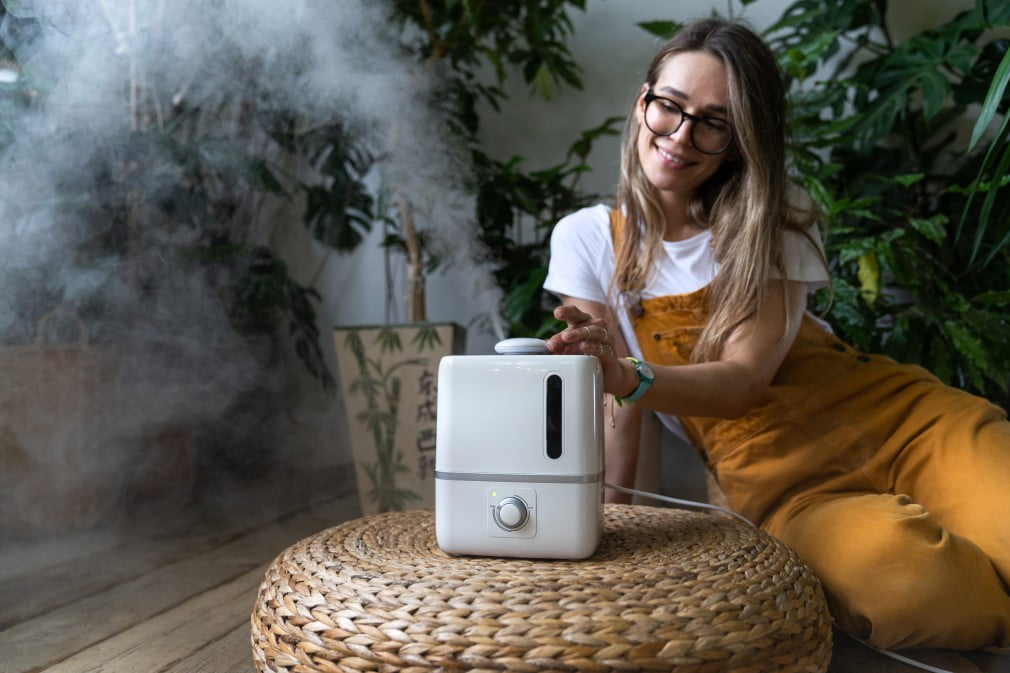
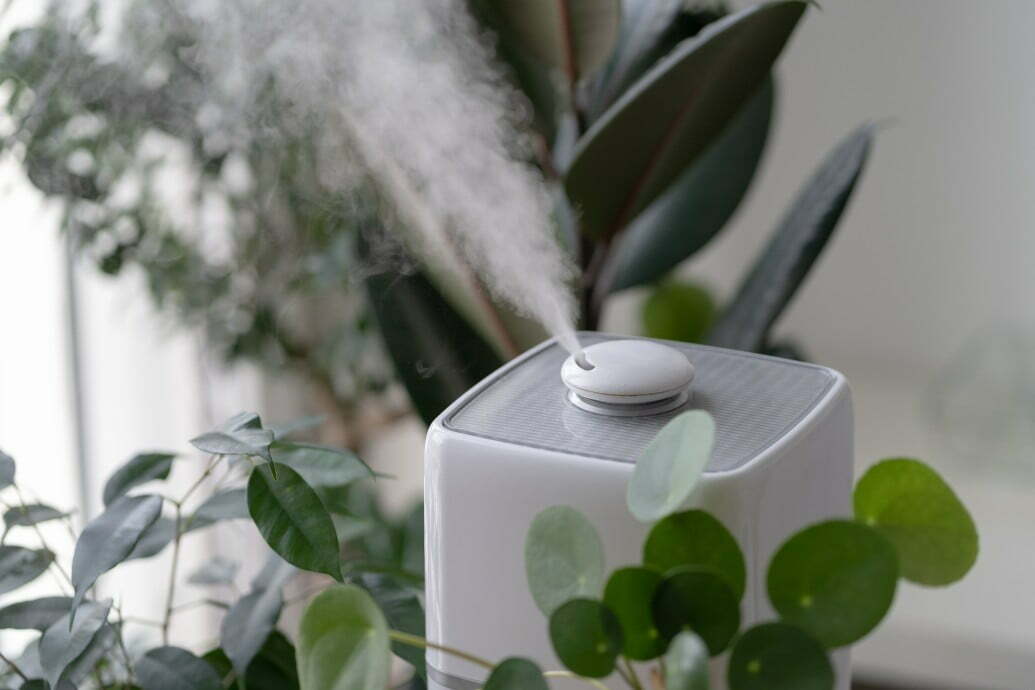
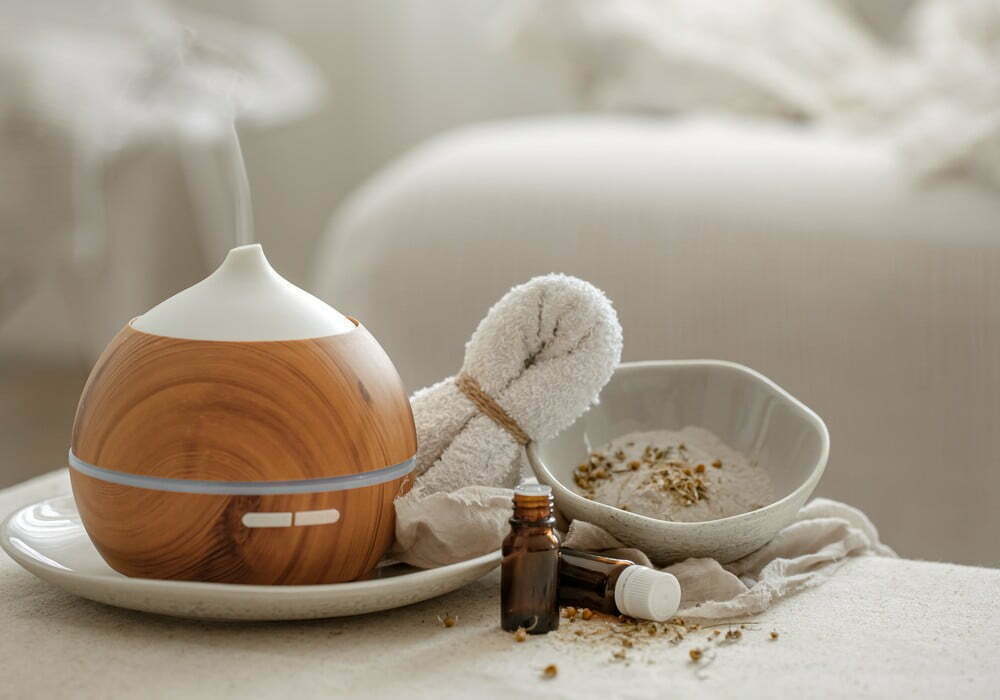
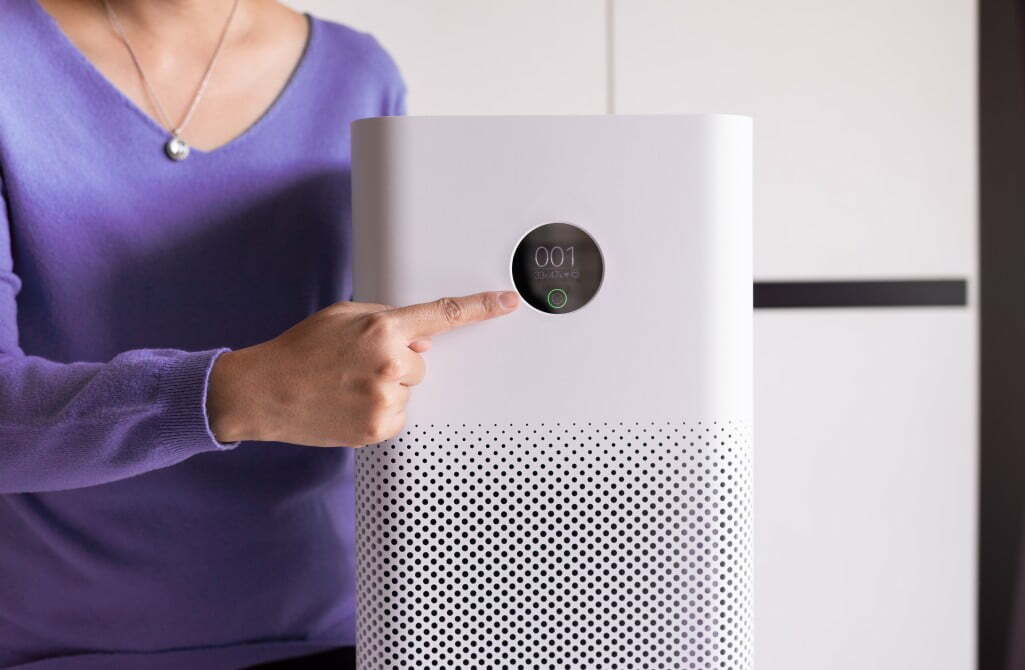
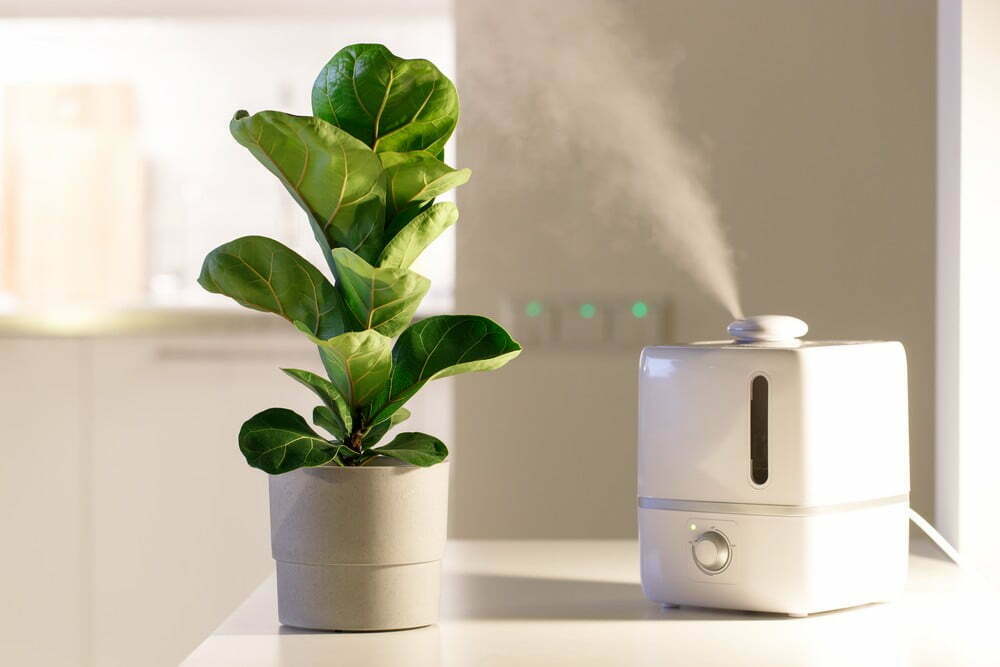
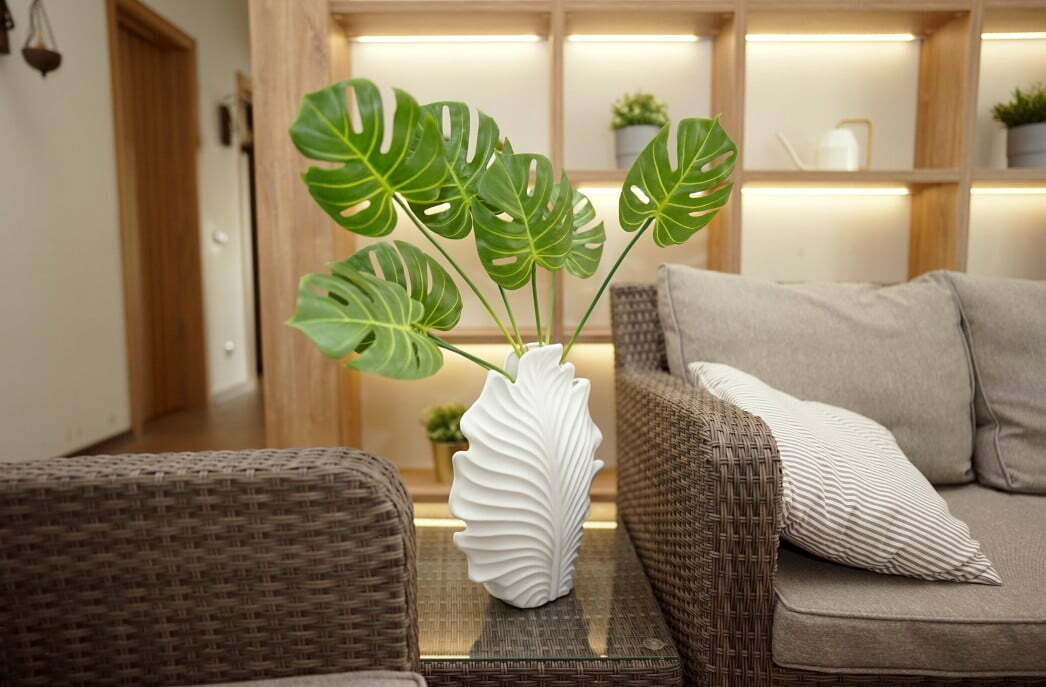

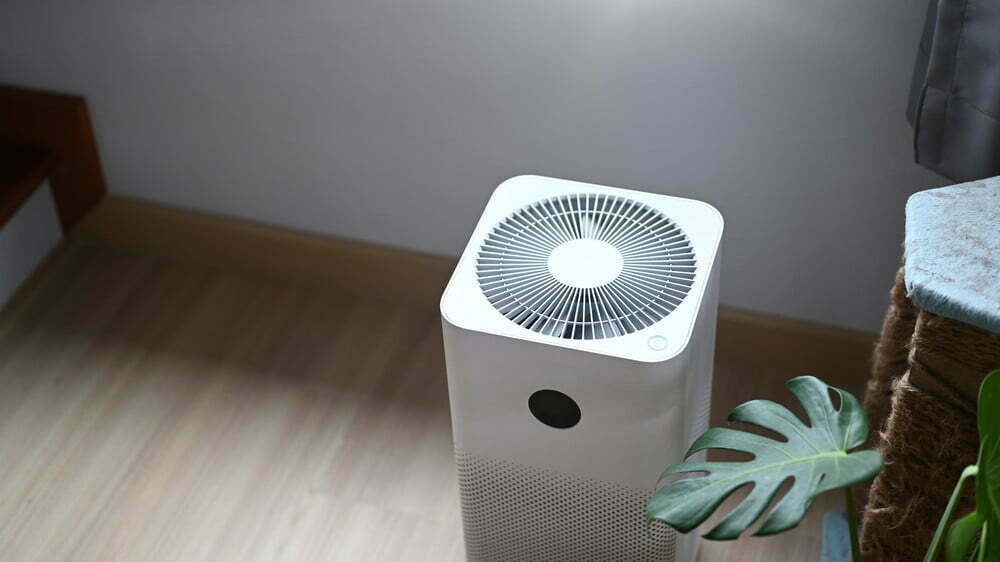
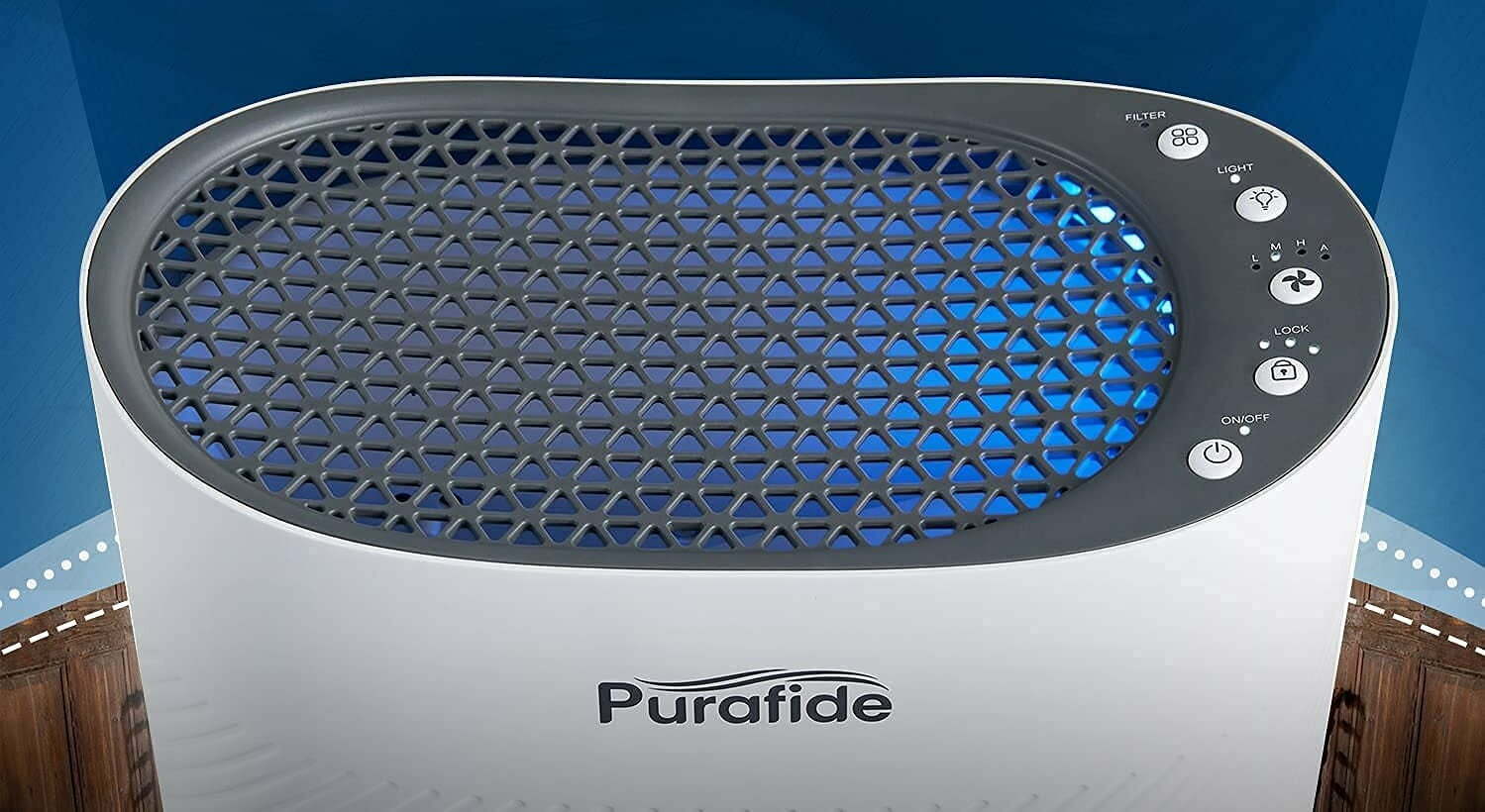
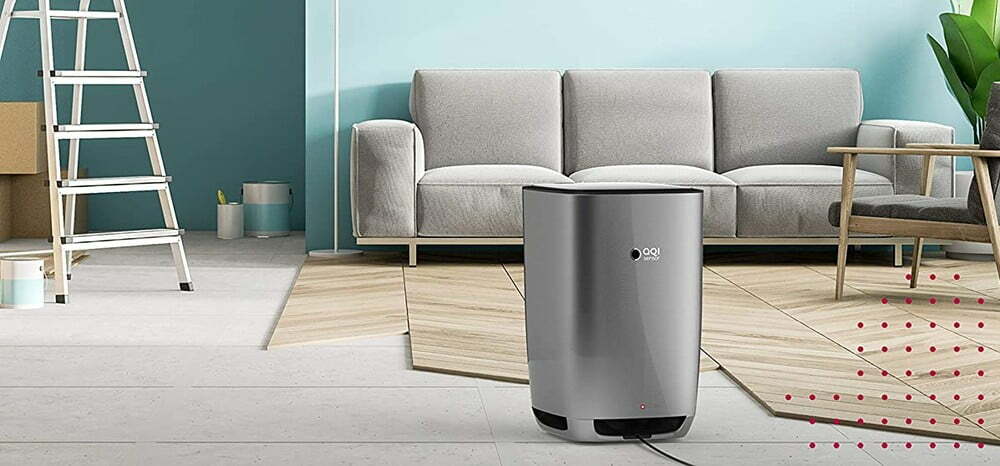
![Best Air Purifiers for VOCs and Formaldehyde in [year] 27 Best Air Purifiers for VOCs and Formaldehyde in 2026](https://www.gadgetreview.dev/wp-content/uploads/best-air-purifier-for-vocs-and-formaldehyde-image.jpg)
![Best Air Purifier in [year] ([month] Reviews) 28 Best Air Purifier in 2026 (January Reviews)](https://www.gadgetreview.dev/wp-content/uploads/Honeywell-True-HEPA-Allergen-Remover-HPA300-e1475603569442.jpg)
![Best Air Purifiers for Dust in [year] 29 Best Air Purifiers for Dust in 2026](https://www.gadgetreview.dev/wp-content/uploads/best-air-purifier-for-dust-image.jpg)
![Best Honeywell Air Purifiers in [year] 30 Best Honeywell Air Purifiers in 2026](https://www.gadgetreview.dev/wp-content/uploads/best-honeywell-air-purifier-image.jpg)
![Best Germicidal Air Purifiers in [year] 31 Best Germicidal Air Purifiers in 2026](https://www.gadgetreview.dev/wp-content/uploads/best-germicidal-air-purifier-image.jpg)
![Best Filterless Air Purifiers in [year] 32 Best Filterless Air Purifiers in 2026](https://www.gadgetreview.dev/wp-content/uploads/best-filterless-air-purifier-image.jpg)
![Best Levoit Air Purifiers in [year] 33 Best Levoit Air Purifiers in 2026](https://www.gadgetreview.dev/wp-content/uploads/best-levoit-air-purifier-image.jpg)
![Best Air Purifiers for Smoking Weed in [year] 34 Best Air Purifiers for Smoking Weed in 2026](https://www.gadgetreview.dev/wp-content/uploads/best-air-purifier-for-smoking-weed-image.jpg)
![Best Quiet Air Purifiers in [year] 35 Best Quiet Air Purifiers in 2026](https://www.gadgetreview.dev/wp-content/uploads/best-quiet-air-purifier-image.jpg)
![Best Desktop Air Purifiers in [year] 36 Best Desktop Air Purifiers in 2026](https://www.gadgetreview.dev/wp-content/uploads/best-desktop-air-purifier.jpg)
![Best Dyson Air Purifiers in [year] 37 Best Dyson Air Purifiers in 2026](https://www.gadgetreview.dev/wp-content/uploads/best-dyson-air-purifier.jpg)
![Best Air Purifiers for Dorm Room in [year] 38 Best Air Purifiers for Dorm Room in 2026](https://www.gadgetreview.dev/wp-content/uploads/air-purifier-for-dorm-room-1.jpg)
![Best Air Purifiers for Office in [year] 39 Best Air Purifiers for Office in 2026](https://www.gadgetreview.dev/wp-content/uploads/best-air-purifier-for-office.jpg)
![Best Air Purifiers for Basement in [year] 40 Best Air Purifiers for Basement in 2026](https://www.gadgetreview.dev/wp-content/uploads/best-air-purifier-for-basement.jpg)
![Best Air Purifiers For Odor in [year] 41 Best Air Purifiers For Odor in 2026](https://www.gadgetreview.dev/wp-content/uploads/best-air-purifier-odor.jpg)
![10 Best Personal Air Purifiers in [year] 42 10 Best Personal Air Purifiers in 2026](https://www.gadgetreview.dev/wp-content/uploads/best-personal-air-purifiers.jpg)
![10 Best Plug In Air Purifiers in [year] 43 10 Best Plug In Air Purifiers in 2026](https://www.gadgetreview.dev/wp-content/uploads/best-plug-in-air-purifier-image.jpg)
![10 Best Whole House Air Purifiers in [year] 44 10 Best Whole House Air Purifiers in 2026](https://www.gadgetreview.dev/wp-content/uploads/best-whole-house-air-purifier-image.jpg)
![10 Best Large Room Air Purifiers in [year] 45 10 Best Large Room Air Purifiers in 2026](https://www.gadgetreview.dev/wp-content/uploads/Coway-Airmega-200M-Large-Room-Air-Purifier-900x900-1.png)
![10 Best UV Air Purifiers in [year] 46 10 Best UV Air Purifiers in 2026](https://www.gadgetreview.dev/wp-content/uploads/best-uv-air-purifier.jpg)
